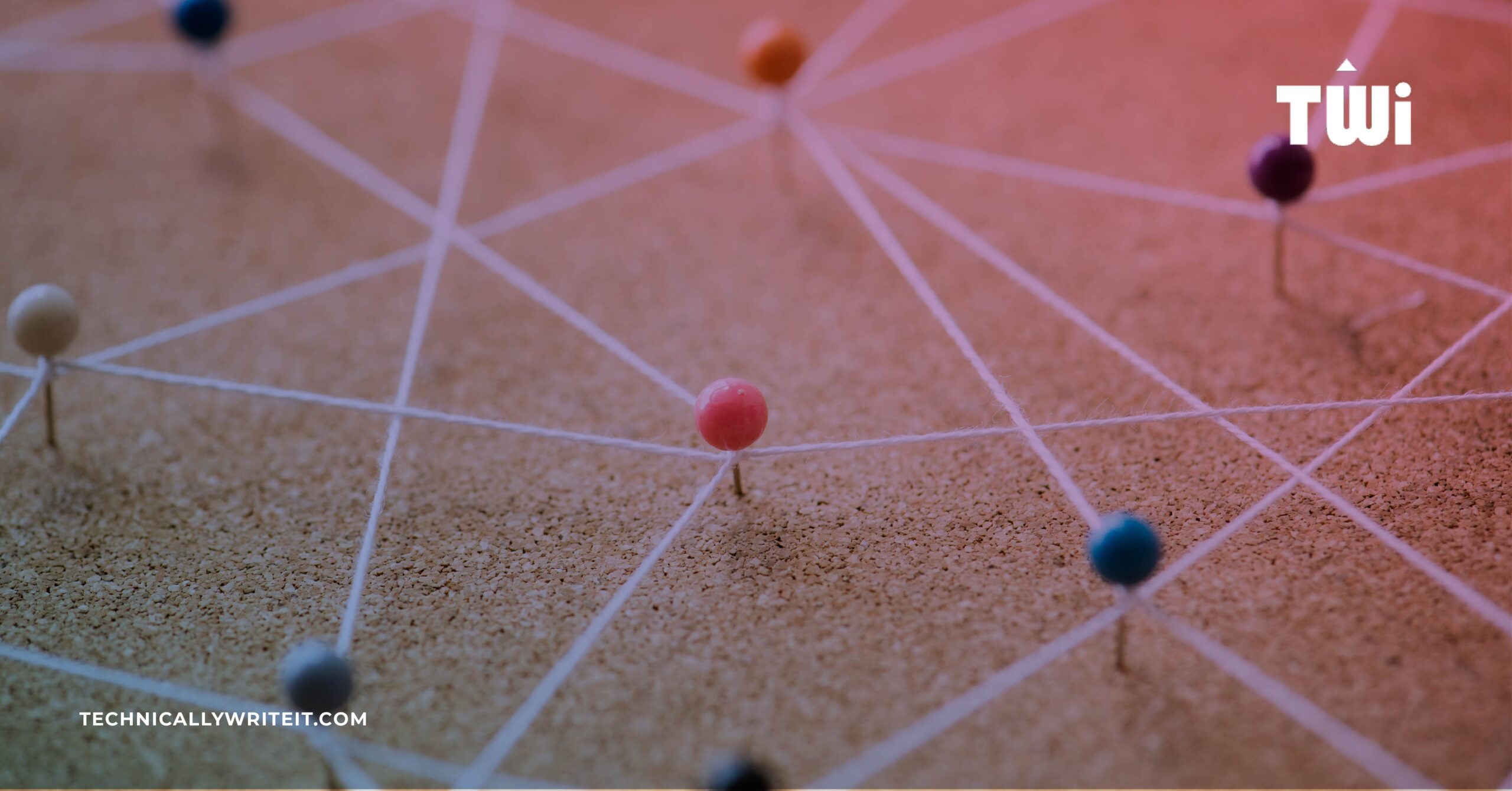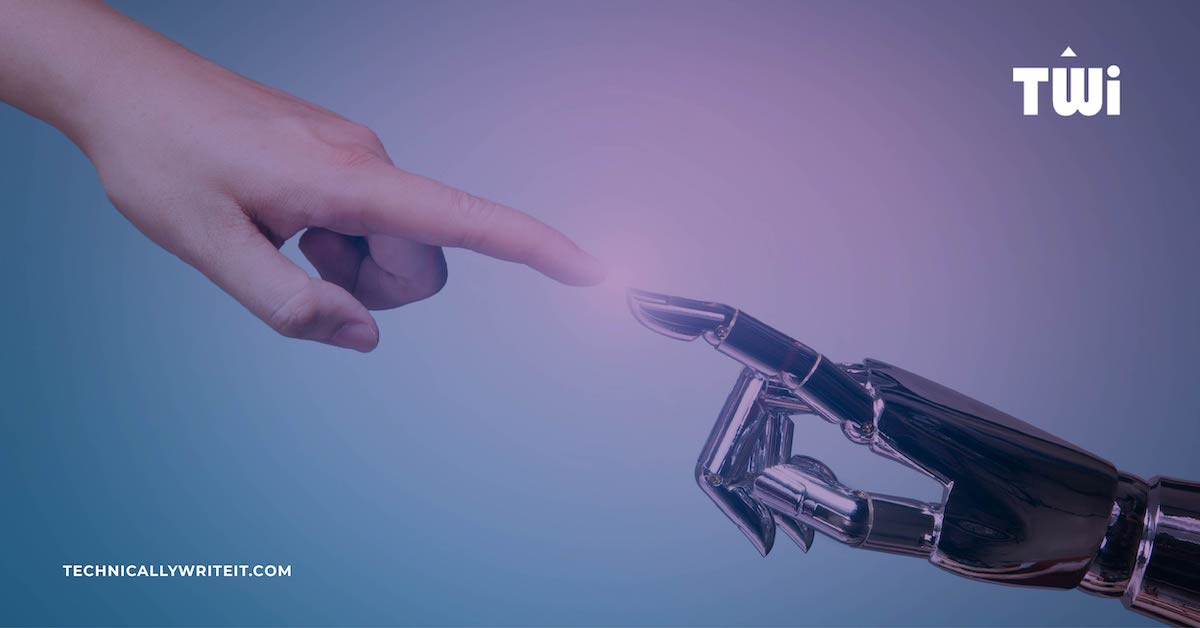One of the major events on the tech calendar is CeBIT, which takes place in Hannover, Germany annually, and brings together a wide spectrum of B2B industries. This year, the lead theme of the event, ‘d!conomy: join – create – succeed‘, focused attention on the digital transformation of business. Exhibitors and speakers displayed and discussed all manner of strange and wonderful digital developments including robotics and intelligent automation, drones and electro-mobility, augmented and virtual reality, 3D printing, cyborgs, and much more.
There was a lot to take in with such a diversity of companies (around 3,300 from 70 countries) and commentators (over 200 speakers) presenting their wares and perspectives. However, there was consensus that with the current era of ‘digitalisation’ we have entered the early stages of a fourth industrial revolution (referred to as Industrie 4.0). The previous industrial revolutions were driven by steam engines, electricity, and information technology. The emergent industrial revolution is largely based on the rapidly growing infrastructure of networked devices, collectively known as the Internet of Things (IoT). Projections for the number of devices that will be connected to the internet by 2020 range from 20 billion to 50 billion – an exponential growth of connectivity.
During our week at CeBIT we learned that the IoT is already a reality. Yet the implications of the IoT for technical communicators are not yet understood. Here, we consider what the IoT involves, the challenges and opportunities it brings, and how it might impact our work.
IoT Applications
Terms associated with the IoT include ‘smart homes’, ‘smart factories’, ‘smart cities’, and ‘smart vehicles’. This means that these locations, or objects within them, become intelligent through embedded sensors that gather and transmit information about their internal states or their environment.
The following are just some examples of IoT applications across various fields:
- Domestic: utilities that adjust heating settings based on weather conditions and activity in the home, reducing energy consumption
- Transport: cars that talk directly to each other to communicate information about road or weather conditions
- Agriculture: real-time monitoring of weather conditions and crops to optimise use of resources, improve yields, and reduce environmental impact
- Health: sensors in scanning or x-ray equipment that identify issues requiring maintenance and trigger repair orders
- Industry: analysis of manufacturing processes to identify safety, quality, or efficiency issues
- Public services: parking and traffic monitoring and management systems that reduce congestion and accidents
IoT Challenges
The connected devices that comprise the IoT gather and report data to other devices. As a result, the amount of data available is growing apace. This information can be hugely beneficial in terms of understanding logistics and production processes, as well as consumption patterns. However, it also creates the challenge of how to manage and interpret those vast quantities of data and make them useful in real time.
Gaps in Standardisation
With the multiplication of devices comes the potential for far greater complexity and incompatibility. Standardisation is essential in ensuring that devices can effectively interact with each other. Ironically, efforts at tackling the problem have led to further confusion, through the proliferation of competing standards. In addition to infrastructural and technical interoperability, legal harmonisation was discussed in some depth at CeBIT. EU Commissioner Günther H. Oettinger delivered a keynote address calling for a digital single market, highlighting the artificiality of national borders in the context of digital integration.
Risks to Security
With an increasing number of access points comes greater vulnerability to security threats. Security and privacy concerns were recurring topics of discussion at CeBIT. The consensus is that security is a constantly moving target and there is no way of guaranteeing it. One speaker, who engages in ethical cyber hacking to identify vulnerabilities, reported that he has never failed to break into a client’s IT system. However, there are many steps that can be taken to mitigate risks. An important point was that as well as defence strategies, companies must also put in place detection strategies to ensure timely identification of and reaction to breaches when they do occur.
IoT Opportunities
The key factor in the success or failure of IoT businesses will be their ability to adapt through the development of new business models. While revenue and business models are very context-specific, important trends highlighted by various speakers include:
- Reduced time between production and consumption
- Greater flexibility and personalisation in product and service creation and delivery
- Amalgamation of products and services
- Revenue models such as leased access and pay-per-use
The IoT facilitates greater transparency along the value chain, enabling the customer to be integrated in the production process. This means that products and services can be tailored to the requirements of the end user. Customer-centric (as opposed to product-centric) models of service provision are becoming increasingly important, with products being merged with and sold as services. For example, rather than a once-off purchase of a car, consumers will be able to purchase ‘mobility’ on an as-needed basis. We can already see prominent and successful examples of such approaches in the case of Spotify and Netflix.
The Revolution Will Be Digitalized
At CeBIT, speakers confidently asserted that these new technologies will bring profound economic and societal shifts. What exactly these shifts will entail is less clear. IoT technology creates vast potential, but there is nothing obvious or inevitable about where that potential will lead and what its broader significance will turn out to be. IoT technology does not in itself constitute a revolution. The accumulated changes to human social and economic behaviours and constructs is where it takes on revolutionary significance.
Technical Communication and the IoT
So what are the implications of the IoT for technical communication? Clearly, as patterns of production and consumption evolve, our role as mediators between the two will change. It is important for us to be aware of such developments so we can adapt and remain relevant.
Considering the ever-increasing quantities of data, it is probably safe to predict that there will be an ongoing need for professionals with the skills to manage, refine, and repackage information into relevant, accessible chunks. Technical communicators who are already comfortable with producing modular content for delivery across a range of platforms are well positioned to respond to new use contexts such as smart glasses and augmented reality environments. As production becomes more user-centric, technical communicators have a lot to offer in supporting and promoting usability. Where products are merged with services, and where consumers gain access to more transparent and customisable production, the lines between technical content and marketing content are likely to progressively blur.
Whether you attended CeBIT or not, we’d be interested to hear your opinions regarding the IoT and its potential impact on technical communication. How do you think it will affect our working lives, the way we produce content, and the type of content we produce?












